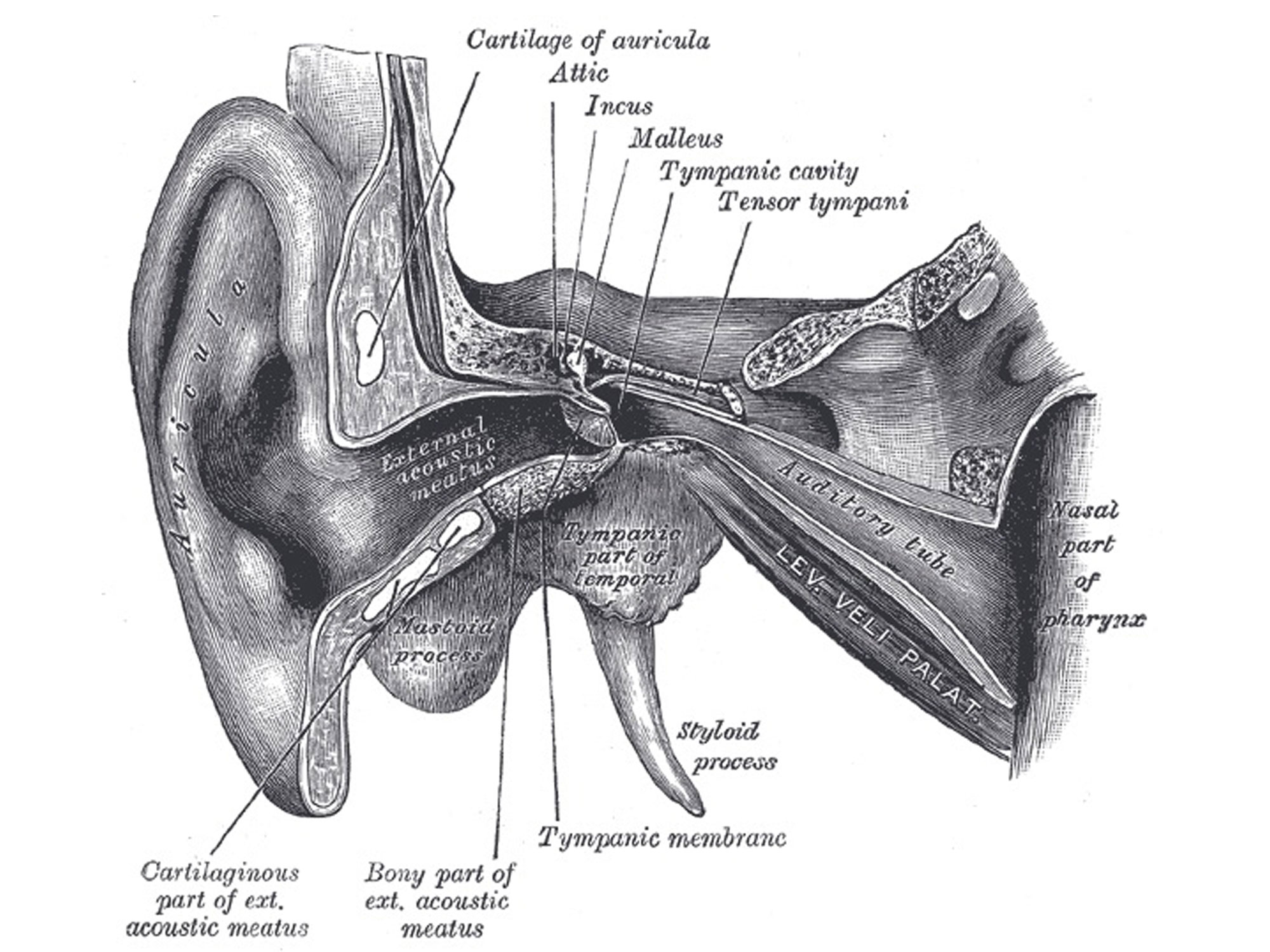How to begin:
a plan helps
a plan helps to get a start in
it seems what you really need is to be moving before you start
you need to know that you are traveling in a direction but not where you will end up
it is easy to say let’s just decide what to do when we get there but if the first minutes—or hour of the studio time is spent in figuring out what you will do then it is likely you will end up mired in decisions: uncomfortable, itchy, thirsty, hungry and possibly bored
so start by telling stories or showing something or working physically the plan that you arrive with maybe altered considerably but you will have a read on where you are by virtue of its relation to the plan
How to spend the time:
routine
it helps to vary the texture of what happens, I like to have a routine at the start of a session—if there will be consecutive sessions over the course of a week or two or a month or more then a routine for the start of each session tones the interaction and allows thinking to align in the room.
depending on the kind of work and the style of the participants it may be that 15 mins is enough time for the routine activity or it may take an hour. It might be a physical routine like a series of stretches or walking or dancing or other physical activity. It may be a mental routine or reading or writing or drawing. it can be whatever fits the project and the people involved.
contact
it should fluctuate between intensity of interaction: combinations of solo, duo and whole group interaction should alternate (depending on how many people are involved)
grip and release
it is good to alternate between full focus and relaxed dilation; between sticking closely to a plan and following digressions and interruptions; between energetic and swift thinking and dream-like gliding with the flow down desire paths and avenues of interest
research
it should be understood that sometimes you have to get out of the usual confines and participate in what you might call field research, sometimes you need to take on outside activities together and open up to contamination and outside influences
the old and the new
work with the material you have and be open to the new directions and areas of focus that present themselves. make it new but do not be afraid to develop the old and familiar
know where you are going but be happy to diverge
stick to your strengths but ride on the strengths of others
try new approaches but be willing to stick to the tried and true if that’s what feels better
follow advice and stick to your own internal logic
make rules for yourself and break them
look at the clock and realise time doesn’t matter
love what you have and constantly exchange it for something else
take breaks—sleep—eat
the space around you should be expansive
_________________
ear canal drawing: By Henry Vandyke Carter – Henry Gray (1918) Anatomy of the Human Body (See “Book” section below) Bartleby.com: Gray’s Anatomy, Plate 907, Public Domain, https://commons.wikimedia.org/w/index.php?curid=566848
